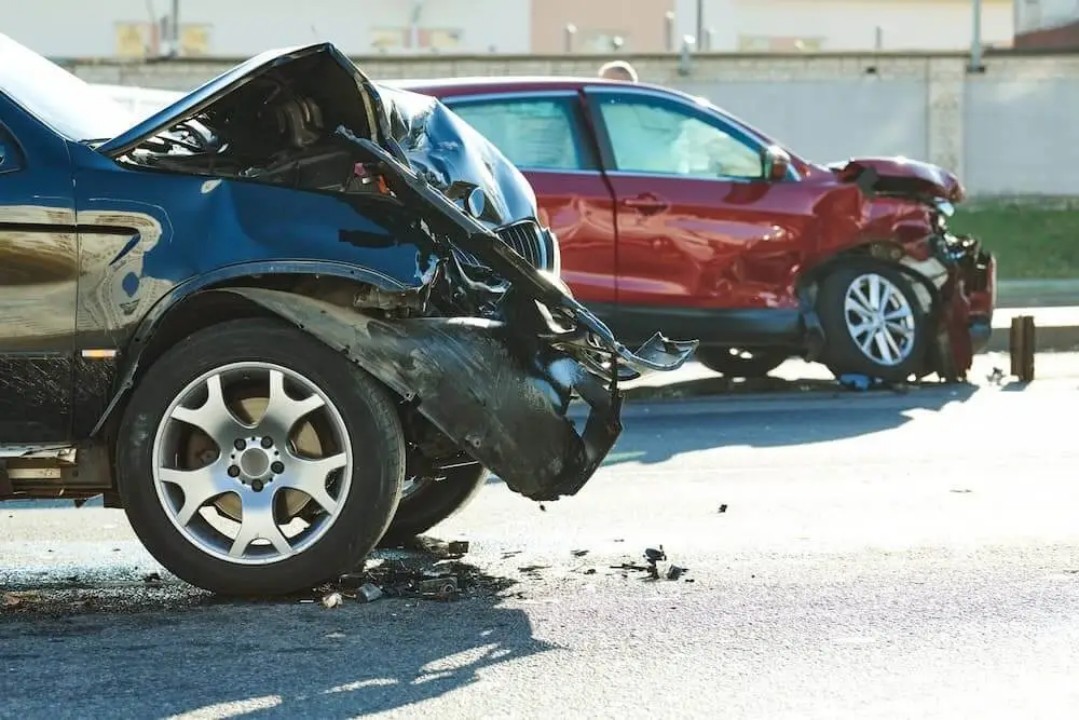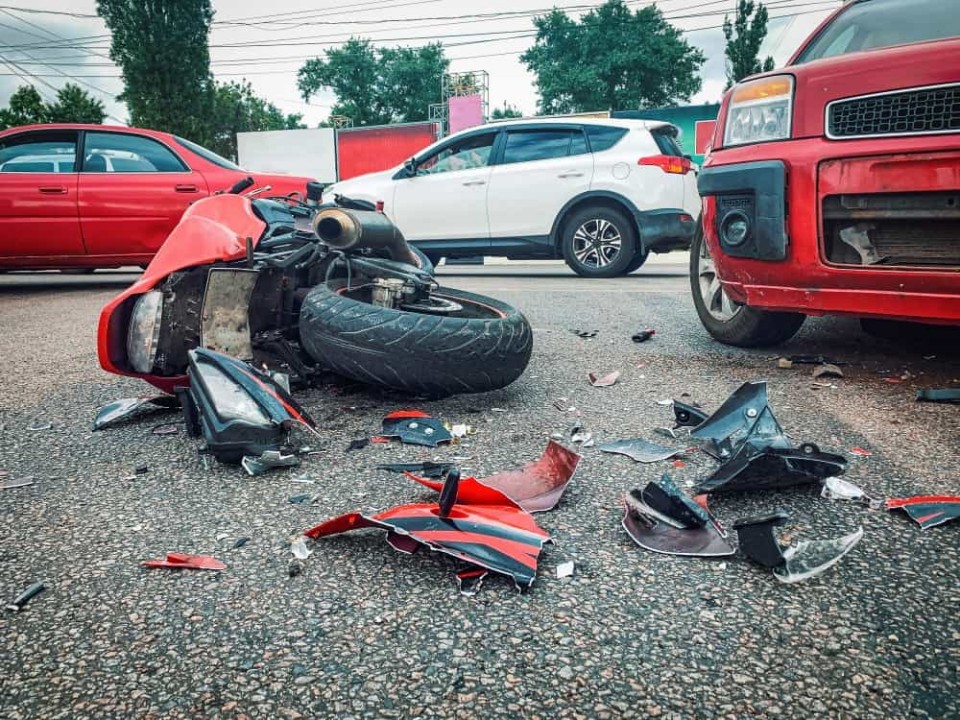Carrollton, like many cities, sees its fair share of traffic incidents involving both cars and motorcycles. However, a simple comparison of the total number of accidents doesn’t paint an accurate picture of the risks involved. Understanding the nuances of motorcycle and car accident rates is crucial for promoting road safety and making informed decisions as drivers and riders. This article delves into the data to reveal the differences in accident rates, severity, and contributing factors for motorcycles versus cars in Carrollton.
General Accident Statistics in Carrollton
In the past five years, Carrollton has recorded an average of 2,800 car accidents annually, compared to approximately 110 motorcycle accidents during the same period. At first glance, it might seem that motorcycles are far less dangerous. However, these raw numbers don’t account for the significantly lower number of registered motorcycles compared to cars. To truly understand the risks, we need to examine accident rates per registered vehicle and, if available, per mile traveled.
Accident Rates: Motorcycles vs. Cars
Calculating accident rates requires considering the number of registered vehicles. While exact registration numbers for Carrollton alone can be difficult to obtain, we can use state-level data as a proxy. In Georgia, motorcycles make up roughly 3% of all registered vehicles. If we assume a similar proportion in Carrollton, then the accident rate per registered motorcycle is significantly higher than the rate for cars.
For instance, if Carrollton has 50,000 registered cars and 1,500 registered motorcycles (3% of the total), the accident rate per 1,000 cars would be around 56 (2,800 accidents / 50,000 cars * 1,000), while the rate per 1,000 motorcycles would be approximately 73 (110 accidents / 1,500 motorcycles * 1,000). This simplified calculation reveals that, proportionally, motorcycles are involved in more accidents than cars.
Data on miles traveled is more challenging to obtain, but studies consistently show that motorcyclists, on average, travel fewer miles per year than car drivers. If we factor in this lower mileage, the accident rate per mile traveled for motorcycles would be even higher, further highlighting the increased risk.
Severity of Accidents: Motorcycles vs. Cars
While motorcycles may not be involved in as many total accidents as cars, the severity of motorcycle accidents tends to be much higher. Injury and fatality rates are significantly elevated in motorcycle crashes due to the lack of protection afforded by the vehicle itself.
In Carrollton, approximately 90% of motorcycle accidents result in injury or death, compared to around 20% for car accidents. This stark contrast underscores the vulnerability of motorcyclists on the road. The lack of a protective frame around the rider means that, in a collision, the motorcyclist is much more likely to sustain severe injuries, such as head trauma, broken bones, and spinal cord damage.
Fatality rates further emphasize this point. While car accidents result in fatalities in roughly 0.4% of cases, motorcycle accidents have a fatality rate of approximately 3%. This means that, proportionally, a motorcycle accident is over seven times more likely to result in death than a car accident.
Factors Contributing to Motorcycle Accidents
Several factors contribute to the higher accident rates and severity of motorcycle crashes. Driver skill and experience play a critical role. Motorcycling requires a unique set of skills, including balance, coordination, and quick decision-making. Inexperienced riders are more prone to accidents, especially in challenging situations.
Road conditions also pose a greater threat to motorcyclists. Potholes, gravel, and uneven surfaces that might be minor inconveniences for cars can be catastrophic for motorcycles, leading to loss of control and crashes.
Visibility issues further compound the risk. Motorcycles have a smaller profile than cars, making them harder for other drivers to see, especially in blind spots or during lane changes.
Other drivers’ awareness and behavior are also crucial. Many motorcycle accidents are caused by drivers failing to yield the right-of-way to motorcyclists, often because they simply didn’t see the motorcycle in time.
Factors Contributing to Car Accidents
While motorcycle accidents often involve unique factors, car accidents are frequently linked to more common issues. Distracted driving, primarily due to cell phone use, is a leading cause of car accidents in Carrollton. Speeding also plays a significant role, reducing reaction time and increasing the severity of collisions.

In many of these cases, working with a knowledgeable Carrollton car accident lawyer can make all the difference in identifying the root cause and pursuing appropriate compensation. Impaired driving, whether due to alcohol or drugs, remains a persistent problem. Weather conditions, such as rain and fog, also contribute to car accidents, especially during peak commuting hours. Traffic congestion, particularly during rush hour, increases the risk of rear-end collisions and other types of accidents.
Common Accident Scenarios
Motorcycle accidents in Carrollton often involve specific scenarios. Left-turn accidents are particularly common, where a car turning left across traffic fails to see an oncoming motorcycle. Lane-splitting accidents, while not legal in Georgia, can occur when motorcyclists weave between lanes of stopped or slow-moving traffic. Single-vehicle accidents, such as loss of control on curves or slippery surfaces, also account for a significant number of motorcycle crashes.
Car accidents, on the other hand, frequently involve rear-end collisions due to distracted driving or following too closely. Intersection accidents, often caused by running red lights or stop signs, are also common. Multi-vehicle pileups can occur on highways during adverse weather conditions or periods of heavy traffic.
Safety Measures and Prevention
Preventing accidents requires a multi-faceted approach involving drivers, motorcyclists, and the community as a whole. Motorcycle safety courses and training are essential for new and experienced riders alike. These courses teach valuable skills and techniques for safe riding, including defensive driving strategies and hazard awareness.
Wearing proper gear is crucial for motorcyclists. Helmets significantly reduce the risk of head injuries, while protective clothing, such as leather jackets and pants, can minimize abrasions and other injuries in a crash.
Driver education and awareness programs can help car drivers better understand the risks faced by motorcyclists and how to safely share the road. Infrastructure improvements, such as better road maintenance and improved signage, can also enhance safety for all road users.
Law enforcement and traffic enforcement play a critical role in deterring dangerous driving behaviors, such as speeding and impaired driving.
Legal and Insurance Implications
Motorcycle accidents often have unique legal and insurance implications. Insurance coverage for motorcycles may differ from that for cars, and it’s essential for motorcyclists to have adequate coverage to protect themselves in the event of an accident.
Legal considerations in motorcycle accident cases can be complex, particularly when determining liability. It’s crucial for both motorcyclists and car drivers involved in accidents to consult with an experienced attorney to understand their rights and options.
Conclusion
The data reveals a clear picture: while motorcycles may not be involved in as many total accidents as cars in Carrollton, the accident rate per registered vehicle is significantly higher, and the severity of motorcycle accidents is much greater. These statistics highlight the importance of seeking guidance from a knowledgeable Carrollton motorcycle accident lawyer when navigating the aftermath of such incidents. This underscores the need for increased awareness and safety measures for both motorcyclists and car drivers.
By promoting responsible driving behaviors, investing in infrastructure improvements, and supporting motorcycle safety education, Carrollton can create safer roads for everyone.

